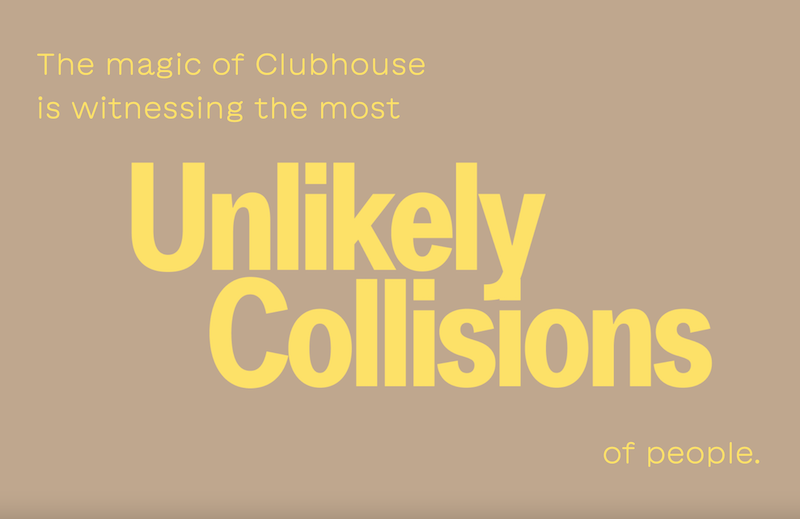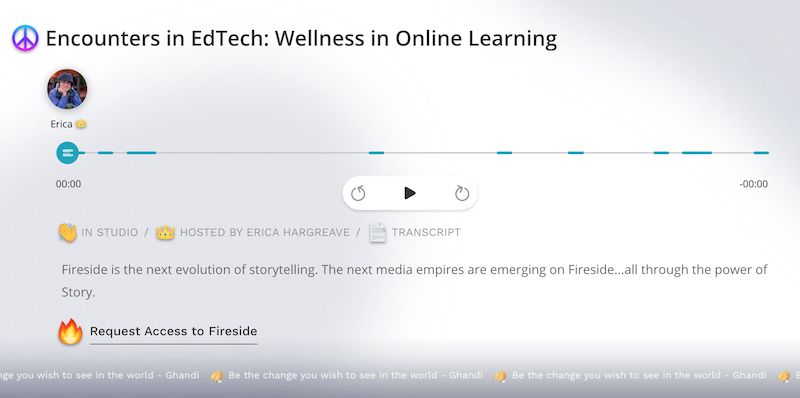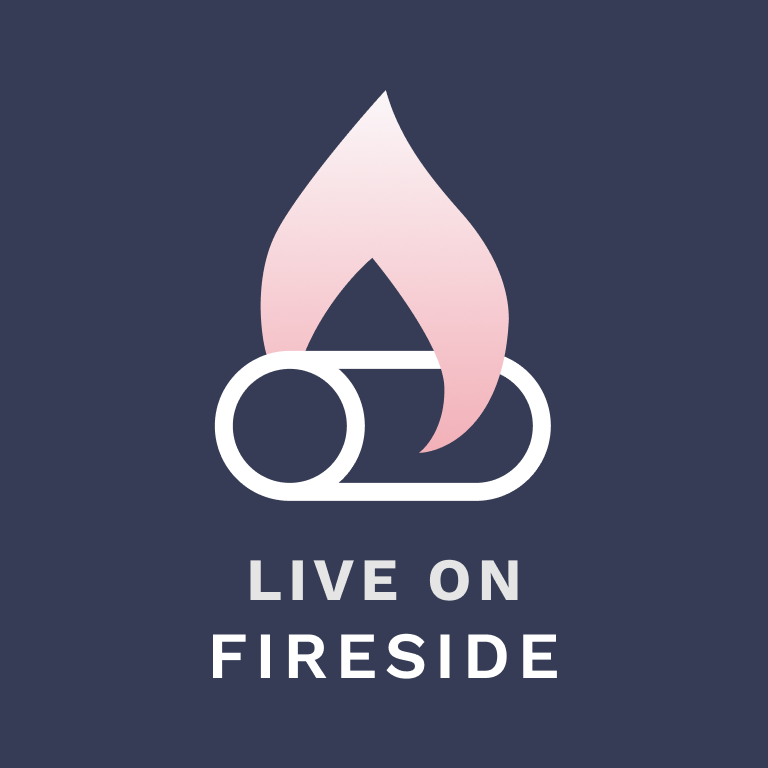One of the interesting forms of mobile learning that I’ve observed rising and engaged with throughout the pandemic has been social audio. Now while some think that this first arrived during the pandemic with Clubhouse, it did not, rather it just garnered new attention during the pandemic, as people searched for new ways to engage, interact, and dare I say it, have a social life.

Admittedly, social audio has become much of my social life over the past few months, and actually helped further kindle a long distance relationship of mine that began prior to the pandemic.
So what exactly is social audio? It is defined as ‘social media platforms that use audio as their primary means of communication’. We’d all agree that the live conversation rooms of Clubhouse, Twitter Spaces, Facebook Live Audio Rooms, and Spotify Greenroom are social audio. In these spaces people gather to talk, discuss, and listening as live conversations occur that people around the world can take part in. Others will debate that voice messaging, audio creation and editing tools, podcasts, and are also social audio, and while certainly these spaces can be social and involve audio, the big difference here is that they are not social media platforms, but rather conversation or creation tools.
The thing that’s got me excited about social audio is its potential to encourage global conversation and learning, in a highly accessible way through mobile technologies.
And while engaging on the many social audio platforms has been considered to be the cool thing to do in the past year, the app that’s got me so excited about mobile learning through global conversations is the Fireside Chat App.

To an extent this app represents the debate in what is and is not social audio, as it is a space in which you can have live audio conversations globally, yet they do not consider themselves social audio. Why? Because ultimately what they are hosting is studio space for the live broadcasting and recording of podcasts with live studio audiences. Meaning that unlike with a social audio conversation rooms, you are actually producing a show and all the audience members in the studio have signed off on the agreement to be a part of the show and the live broadcast to the world. I have to say, it is fun, and has actually expanded my world through the pandemic, as I’ve become a regular on my friend Ralph Talmont‘s shows The Creative Farm and The Social Cooking Club – chatting with Ralph in Poland and his other friends from around the world. Based on my writing above, I should state that Ralph is not the aforementioned love interest, although I do love him as a friend. Then there’s tuning into Ralph’s other show, Boma Global Studio, along with other shows in the Fireside Chat Broadcast Studio, and of course beginning some podcasts of my own. Among the latter are myself and other past and present MET members starting the Encounters in EdTech show, the Culture Travels podcast with my Roamancers, and developing the potential for a MozFest Ambassador’s podcast. Good times! Fun, social, and it means I am constantly learning and involved in global conversations. And as these are recorded conversations, they provided greater educational value to me, as people can engage with them and learn from them even after the live broadcast is over.

Would love to hear if others among you have been involving social audio in your mobile learning, and if so, how that looks for you?

Hi Erica,
I have not included social audio in my learning as I am text-based another reason for taking this course. But after reading your post, I miss the days of being on the radio. I used to be a co-host for a program on McGill radio from age 16-36. However, I wonder if social audio will in the future replace radio as it is so versatile. Yes, radio stations can be heard online, but there are still many limitations and financial costs. I know the concept is not the same, but I am intrigued. When I downloaded Fireside Chat I selected my interest; therefore, choosing my listening preferences. Also, the opportunity for the inclusion of a diverse audience and participants is higher. I think Fireside Chat and similar apps are potentially the new wave for entertainment as it is for mobile learning. Along with mobile audio apps such as Twitch which is different but allows people to host programs and interact online. I will definitely be listening.
Yeah, it is that interactive element that has got me so excited about Fireside Chat. It really does change the possibilities, especially around diversity and inclusion of voices. Very cool that you had your own radio show for so many years. What was it on?